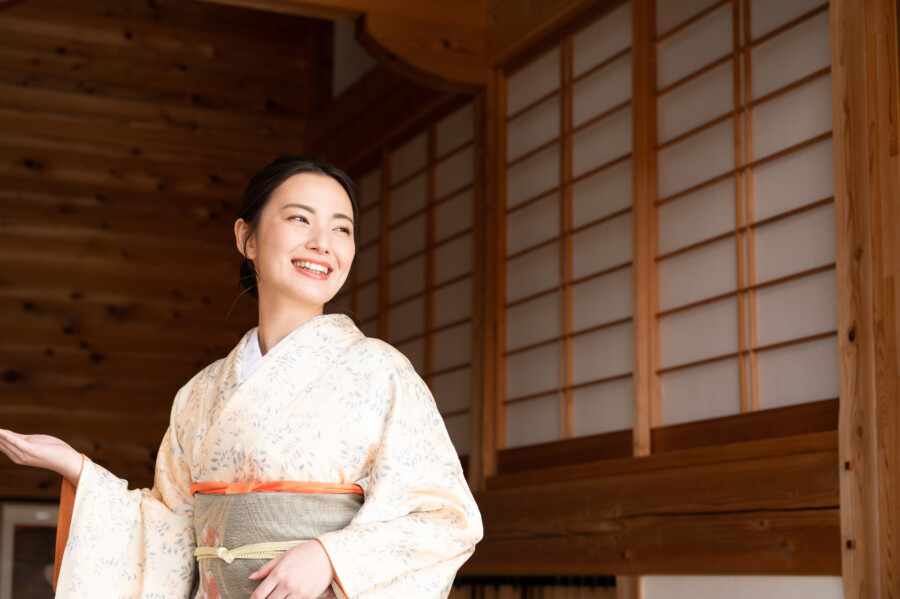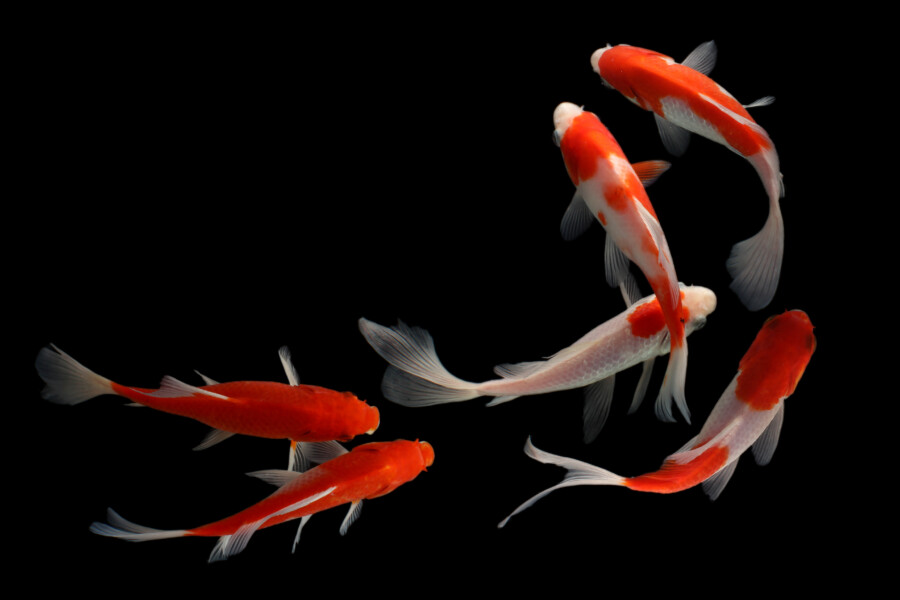
Localizing Your Brand for Japan: Design Tips for Cultural Connection
When expanding your brand into Japan, design can serve as a powerful bridge to connect with local audiences on a deeper level. Japanese consumers typically have high expectations for quality and presentation, which means your brand’s visual identity should convey respect for the culture’s long-established aesthetics, while still retaining your brand’s unique essence. This balancing act may sound daunting, but it can also be immensely rewarding. By thoughtfully weaving Japanese cultural elements into your design strategy, you demonstrate not only your commitment to the market but also your genuine desire to engage with it.
In this article, we’ll explore key aspects of design localization for Japan. From color symbolism to typography and minimalism, we’ll discuss how you can create an authentic cultural connection while staying true to your brand’s core values.
Understanding Japanese Cultural Nuances

Before you dive into design specifics, it’s crucial to build a holistic understanding of local cultural values. One noteworthy concept is “omotenashi,” the spirit of heartfelt hospitality. This idea underscores respect, warmth, and politeness—values that can inform everything from your brand’s customer service approach to the aesthetic choices in your marketing materials.
- Group Harmony (Wa): Japan has a strong cultural emphasis on harmony and consensus. This manifests in polite language usage, balanced composition in art, and deference to group needs. When you localize your visual identity, be conscious of how elements interact in a harmonious way.
- Refined Presentation: Attention to detail is highly regarded in Japanese society, from the precision of gift-wrapping to the immaculate plating in haute cuisine. This mindset emphasizes that the way something looks matters as much as its function. Consequently, your design should aim for immaculate finishes, neat arrangements, and meaningful details.
- Subtle Symbolism: Traditional Japanese designs often feature references to nature, seasons, and time-honored motifs—like cherry blossoms for spring or waves (inspired by the famous “Great Wave off Kanagawa”). Incorporating motifs that resonate with Japanese sensibilities can create a sense of familiarity and trust.
In short, understanding these broader cultural elements will enrich your brand’s overall impact. Think of these insights as a North Star that guides all your aesthetic decisions, ensuring your design resonates deeply with a local audience.
Color Symbolism and Emotional Resonance
Color has a universal power to elicit emotions, but each culture interprets those emotions differently. In Japan, color is laden with historical and cultural context—something you’ll want to consider when developing color palettes.
- White (Shiro): In Western markets, white can convey purity or neutrality. In Japan, white is also associated with sacredness and cleanliness. It is a common color for ceremonies and often features prominently in packaging design to express elegance and simplicity.
- Red (Aka) and White Together: This color combination is deeply associated with celebrations in Japan (think of the national flag, or the iconic kouhaku—red-and-white—pattern used in festive events). When used appropriately, it can suggest excitement, good fortune, and positivity.
- Gold (Kin): Gold, as you might guess, represents opulence and prestige. It’s traditionally used in temples and art forms like makie (gold lacquer). Subtle touches of gold can communicate an air of luxury and refinement.
- Black (Kuro): Black can signify formality and elegance. You’ll see it used extensively in calligraphy and traditional lacquerware. In brand design, black can offer a sleek, contemporary look but be aware of its cultural association with formality and solemnity.
Of course, many global brands use iconic palettes they can’t easily change for individual markets. If your core colors clash with local meanings, you may need to adapt the secondary palette or design elements so they work harmoniously within Japanese cultural expectations.
Typography: Blending Modern and Traditional
Typography is one of the most straightforward ways to show respect for local language and culture. But localizing typography in Japan can be complex, given the language’s blend of kanji, hiragana, katakana, and sometimes rōmaji (Latin alphabet).
- Legibility First: Ensure any font you choose is highly readable for Japanese audiences. Aesthetics are important, but clarity is paramount, especially given the complexity of kanji.
- Balancing Multiple Scripts: You may need to mix different scripts—for instance, kanji for nouns or roots of words, hiragana for grammatical elements, and katakana for foreign loanwords. Pay attention to the visual harmony among these scripts in your layout.
- Traditional vs. Modern Styles: Classic calligraphy-inspired fonts carry a sense of history and tradition, while sleek, sans-serif typefaces project modernity. Decide which direction aligns with your brand identity or find a combination that subtly references both.
Think of typography as more than just text—it’s part of the visual story. If executed well, it can fuse your brand’s global identity with local flair.
Embracing Minimalism and White Space
When you think about Japanese design, minimalism likely comes to mind. Traditional Japanese aesthetics, such as wabi-sabi (finding beauty in imperfection) and ma (the concept of space), inform a preference for simplicity. Yet Japanese packaging design can also be quite intricate. The key lies in a thoughtful balance of space and detail.
- Focus on Key Elements: Don’t overload your design with too many images or text boxes. Instead, choose a few focal points that highlight your message or product.
- Inviting Space: Negative space isn’t empty; it provides breathing room for your primary visuals and text. Properly utilized, it conveys refinement and clarity.
- Simplicity as Luxury: In many cases, a clean, uncluttered look can actually feel premium. Combined with high-quality materials or finishes (like embossed lettering or metallic foils), minimalistic designs can be particularly appealing to Japanese consumers.
Minimalism doesn’t have to mean plainness. Instead, think of it as curating your visual elements so each component has a distinct purpose and resonates with local expectations of elegance.
Local References and Brand Storytelling

Nothing establishes cultural connection quite like referencing aspects of local life and history in your designs. Whether you’re incorporating subtle seasonal motifs or drawing upon a recognizable landmark, thoughtful local references can help your brand feel grounded in Japan.
- Seasonal Variations: Japan has four distinct seasons, each with its own symbolic flowers, fruits, and festivals. Referencing seasonal motifs—like sakura (cherry blossoms) in spring, fireworks and fans in summer, autumn foliage in fall, and snow in winter—can resonate with consumers year-round.
- Art & Craft Traditions: Look to traditional arts such as ukiyo-e woodblock prints, indigo dyeing, or bamboo weaving for color palettes and patterns. These references can link your brand to Japan’s rich creative heritage.
- Local Partnerships: Collaborate with local artists or craftsmen who can infuse authentic flair into your products or marketing materials. This not only strengthens your cultural connection but can also be a compelling story for customers.
When making these references, be genuine rather than opportunistic. Overly commercial or superficial use of cultural symbols can come across as insincere. Strive for a respectful balance that highlights Japanese culture in a way that feels organic to your brand.
Balancing Global Identity with Local Adaptation
A key challenge in brand localization is maintaining your global identity without sacrificing local resonance. While you adapt design elements like colors, typefaces, or motifs, you still need to ensure that your brand remains recognizable.
- Core Brand Elements: Keep foundational elements like logo, brand name, and primary color palette consistent, unless there’s a strong cultural reason to modify them.
- Adapt Strategically: Secondary elements—like accent colors or product packaging formats—can be tailored to align more closely with Japanese tastes.
- Iterative Feedback: Consult local experts, conduct focus groups, and gather feedback. This iterative process helps you refine your localization strategy and build designs that resonate.
Remember, successful localization is not merely about translating language or adjusting colors; it’s about conveying respect and understanding. When Japanese consumers feel that your brand acknowledges and celebrates local values, they’re more likely to engage with your products and become loyal advocates.
Conclusion
Localizing your brand design for Japan is an ongoing process that demands cultural sensitivity and an eagerness to learn. By carefully considering design cues like color symbolism, typography, minimalism, and local references, you can craft an identity that resonates authentically with Japanese audiences. In the end, the goal is to remain true to your brand’s global DNA while weaving in the nuanced threads of Japanese culture.
Adopting this approach requires time and commitment, but the rewards are well worth it. You’ll foster deeper connections, nurture consumer trust, and stand out in a highly competitive market. Rather than seeing localization as a barrier, view it as an opportunity to refine and elevate your brand—an invitation to showcase your creativity and adaptability on the world stage.












